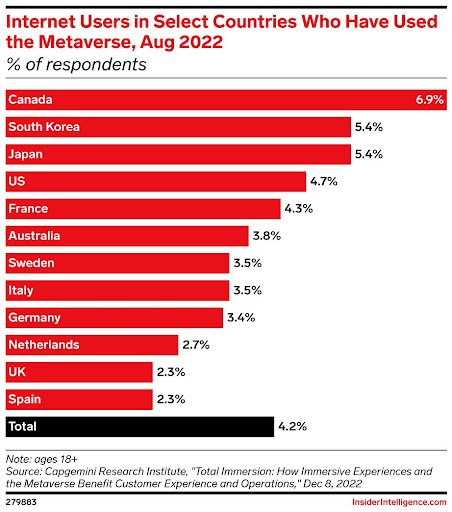Why Challenging Convention is Key to Leading Innovation
Today, we’ll continue our series on common, avoidable mistakes leaders make when leading innovation.
A couple of weeks ago, we unpacked the first of four mistakes – myths, really – around innovation.
That first mistake is to believe that innovation is all about ideas. The truth is that while ideation is essential to innovation, innovation requires activation and execution. I shared about a tool that I use to help clients identify and address issues that keep them from moving innovation forward, called the Six Types of Working Genius.
If you missed that report or want to review it, you can catch up on it here: Where Innovation Goes Wrong 🤦♂️.
This week, let’s talk about the next misconception that steers leaders wrong – assuming that innovation is new, and then I’d like to share three insights you can apply to your leadership today.
MYTH: Innovation is new.
When I say the word “innovation,” what comes to mind?
For some leaders today, subjects that come to mind include things like A.I. Cryptocurrency. Electric cars.
Leaders tend to assume that innovation is the domain of new things. Things that have never been seen before, never been done before. The latest and greatest. The cutting edge.
It’s innovation, after all, so if it’s been done before, is it really innovative?
But is it innovation if it doesn’t make a lasting impact? If you look at “innovations” in the last few years, how many of those are currently making a significant difference?
Take the metaverse, for example. A year ago, the metaverse was going to be the greatest innovation since the invention of the internet, if you believed the hype. Today, not so much:
Major retail players are walking back their metaverse strategies (ModernRetail)
Disney Eliminates Its Metaverse Division as Part of Company’s Layoffs Plan (WSJ)
This chart tells the story well.
Above: The metaverse might be a nice idea, and eventually, it might make a lasting impact, but for now, a fraction of the population has even experienced it. In this way, the metaverse is not innovative – at least not yet.
Suppose your definition of innovation includes making a significant and lasting difference in the world. In that case, it stands to reason that we can learn much from innovations in the distant past that have shaped the world we live in today.
The truth is that innovation is not new. Innovation is ancient.
Let’s look at three historical insights you can apply to your leadership today.
Innovation and challenging convention
When we study people like Filipo Brunelleschi building the Duomo in Florence, or Martin Luther leading the Protestant Reformation, we see that in the face of overcoming a difficult challenge, they do three things:
1. Challenge the commonly-held beliefs of their day.
There is a questioning of the status quo that has existed for decades or centuries. For Brunelleschi, the common belief was that masonry-based domes were built using wooden buttressing.
This was a problem for Brunelleschi, whose task was to build a dome that would ultimately reach a height of 376 feet, making the use of wooden buttresses nearly impossible. Entire forests would have had to be cleared, and even then, it would be difficult to build at such a height.
Brunelleschi instead devised several innovative methods, including laying bricks in an ingenious and unusual pattern that prevented them from collapsing on each other and constructing two domes - an inner dome and an outer dome - something that never had been done before. Finally, he devised and used enormous hoops made from stone and chains that aided in holding everything together.
Above: To this day, the Duomo is the largest masonry dome ever built.
As a secretive man, where Brunelleschi got his inspiration is not well documented. But we know he traveled and saw other cultures’ and societies’ approaches to architecture and engineering. This exposure, and his refusal to accept conventional wisdom in the face of a new and difficult challenge, led him to innovate.
💡 Takeaway: Innovation requires challenging the commonly-held beliefs around you – “that has never worked before” or “this is how we do that.” Get out and get exposed to other organizations, cultures, and ways of doing things far outside your world.
2. Leverage new technology to achieve unprecedented scale and reach.
Coming back to Martin Luther, let’s talk about the printing press. The Gutenberg press was invented more than 70 years before Martin Luther nailed his 95 Theses to the church door in Wittenberg. By many standards, the printing industry must have felt mature in 1517.
Think about that. The printing press would have been considered established, even old, technology in Luther’s day.
But the reality was that most printing in the early 1500s was focused on low-volume, high-cost printing of academic and religious works. In other words, few common people could afford books in the early part of the 16th century.
Luther saw an opportunity to produce many small printed works. These booklets - tracts, really - could be printed en masse and distributed to the people cheaply. This was a key innovation, along with the use of illustrations, which we’ll cover in the next insight.
By the way, did you know that the foundations of the internet are only about 50 years old? We often think of the internet as this established, even old technology. But the internet is young, by printing press standards! What might be possible in the next 10-20 years thanks to the technology of the internet that we could have never imagined?
💡 Takeaway: How might you use technology to 10x or 100x what you are doing? A.I. presents some of the most interesting opportunities today, but there are other technologies, like streaming video, social media, cloud computing, etc., that your organization could utilize to 10x your impact.
3. Develop unconventional approaches.
Innovators seeking breakthrough innovation often have to challenge conventional ways of doing things and develop unconventional approaches.
For example, Martin Luther used three unconventional methods to get his message across in his day.
First, he wrote in the language of his people – common German. This was innovative because scholars typically only wrote in Latin – considered the language of scholarly debate. But Luther had a mission and wanted his ideas to be accessible to the people, so he chose to write in the common vernacular.
What’s the common vernacular for your audience?
The second unconventional thing that Luther did was utilize illustrations in his printed works. Lucas Cranach, a colleague, friend, and artist in Wittenberg, had perfected the art of woodcuts, which could be used in mass-producing illustrations. This medium allowed Luther to include vivid imagery in his printed booklets that ignited the imagination of his readers.
Finally, Luther’s writing style itself was unconventional. He did not use the highly intellectual, academic tone of his contemporaries. Instead, he used powerful, evocative, emotional language.
Ever heard the phrase “Strong verbs, short sentences?” That was Luther’s style, which was remarkably unique in his day. He purposefully did not use the language of academia - dense, hard to understand. Instead, Luther was a master of accessible language, especially regarding difficult-to-understand theological topics. That was remarkable and unconventional when compared to his peers.
💡 Takeaway: What is the conventional approach to communicating your messages in your industry? What might you question and do differently than your peers?
Over the next month or so, I’ll share other myths in future Wave Reports that can trip up leaders as they lead innovation today. Stay tuned.
Until next week… Surfs Up! 🌊
- Dave
About the Author | Dave Raley
Consultant, speaker, and writer Dave Raley is the founder of Imago Consulting, a firm that helps non-profits and businesses create profitable growth through sustainable innovation. He’s the author of a weekly trendspotting report called The Wave Report, and the co-founder of the Purpose & Profit Podcast — a show about the ideas at the intersection of nonprofit causes and for-profit brands.
Want to receive insights like this weekly?
Every Friday, we send out The Wave Report, highlighting one trend or insight “wave,” from donor and consumer trends to innovation in different industries or new models for growth.
Subscribe today to receive free weekly insights in your inbox here:


